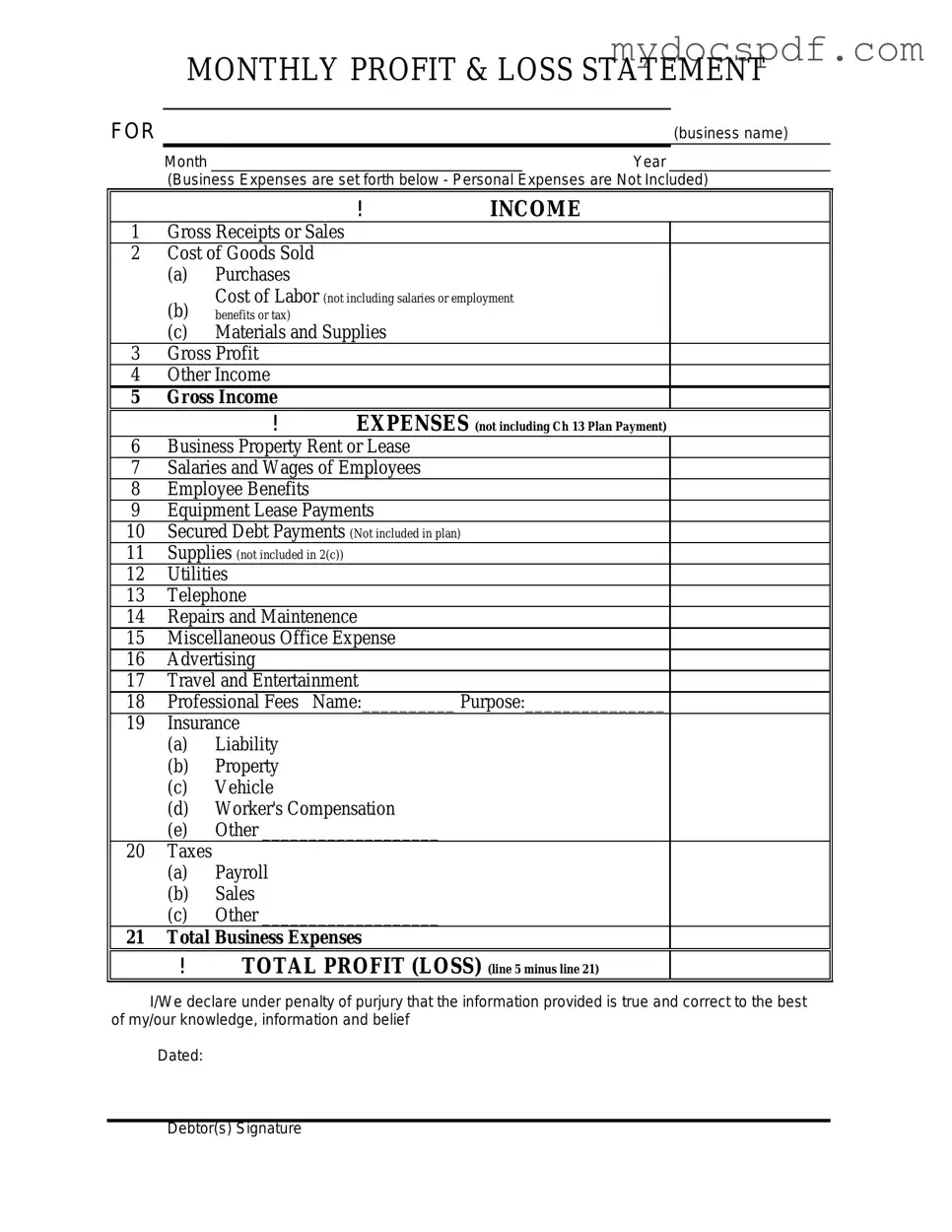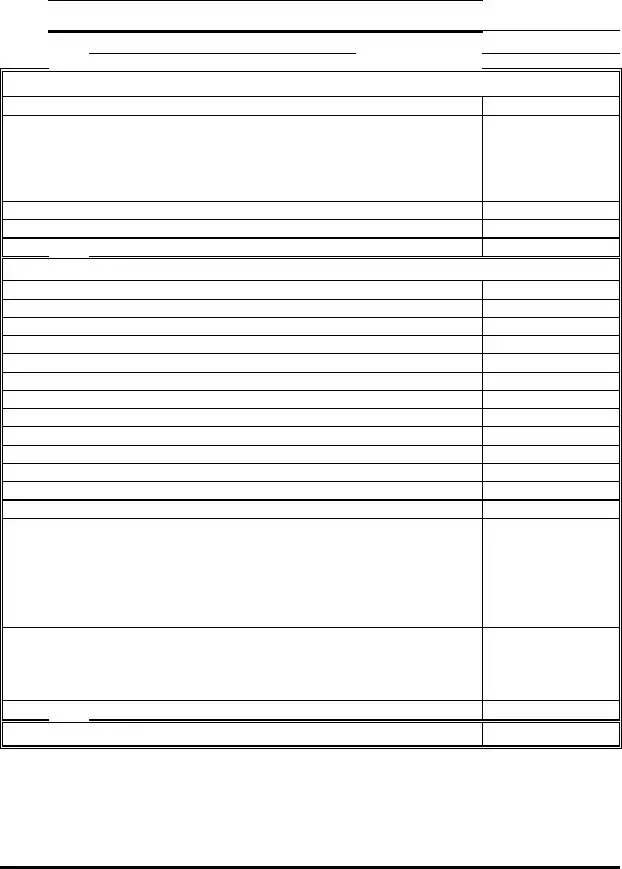Get Profit And Loss Form in PDF
The Profit and Loss form is a financial document that summarizes revenues, costs, and expenses incurred during a specific period. This form provides a clear picture of a business's profitability, helping owners and stakeholders make informed decisions. Understanding how to read and prepare this form is essential for effective financial management.
Access Editor Here

